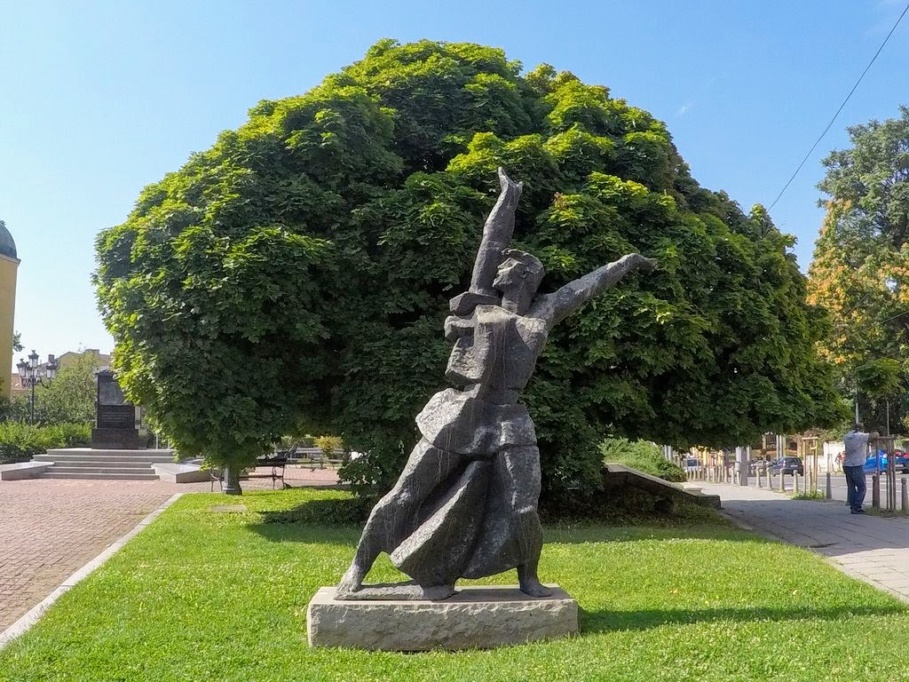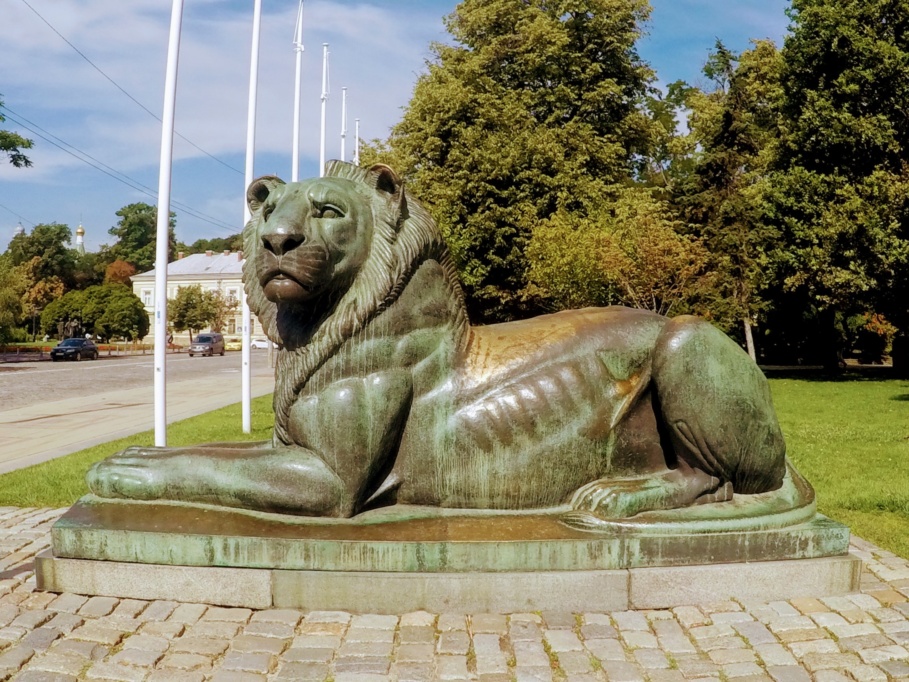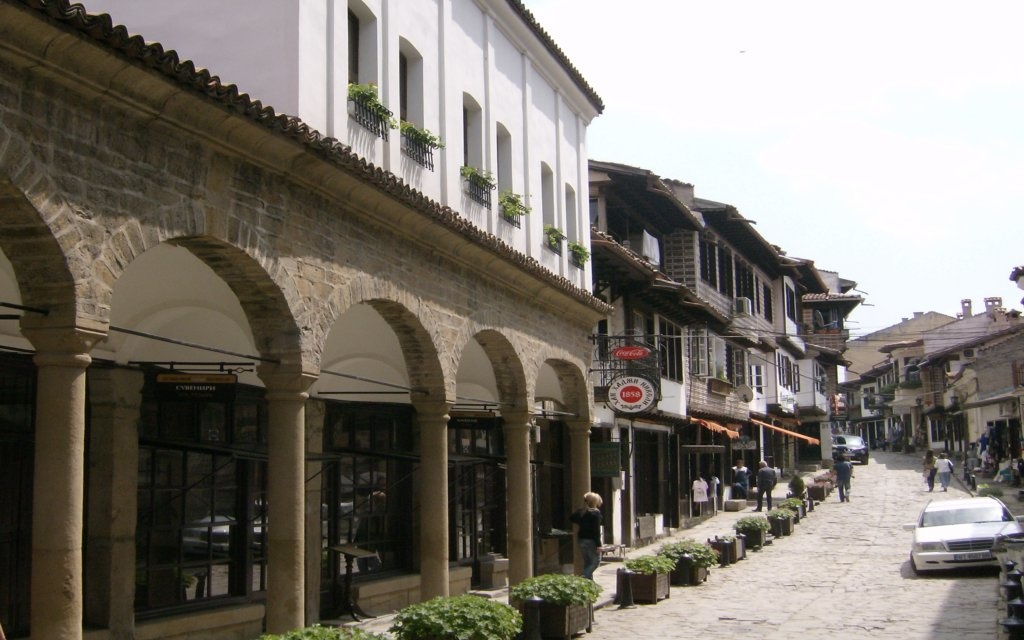Sofia Bulgaria Travel Guide A Vagabond Life
Welcome to Sofia, the vibrant capital of Bulgaria, where centuries of history and culture come together in a captivating blend of old and new. Nestled at the foot of Mount Vitosha, Sofia is a city that seamlessly weaves its rich past with its modern identity, offering visitors a unique travel experience. This Sofia, Bulgaria Travel Guide will take you through the must-see sights, cultural experiences, and hidden gems that make this city an unforgettable destination.
Sofia’s history spans over 2,000 years, with roots that trace back to the Thracians and Romans. The city’s diverse cultural heritage is reflected in its stunning architecture, from ancient Roman ruins and Byzantine churches to Ottoman mosques and grand Soviet-era buildings. Walking through Sofia, you’ll encounter layers of history at every turn, with the iconic Alexander Nevsky Cathedral standing as a symbol of the city’s rich spiritual heritage.
As you explore Sofia, you’ll find a city that is not only steeped in history but also alive with contemporary culture. Vibrant street art, trendy cafes, and bustling markets add to the dynamic atmosphere of the city. Whether you’re wandering through the lively streets of Vitosha Boulevard or enjoying the tranquility of Borisova Gradina Park, Sofia offers something for every traveler.
In this Sofia, Bulgaria Travel Guide, we’ll help you discover the best of what this fascinating city has to offer. From its historical landmarks and cultural treasures to its modern attractions and culinary delights, Sofia is a city that invites you to explore, experience, and enjoy. Whether you’re here for a weekend getaway or an extended stay, Sofia will captivate you with its unique charm and hospitality.
Getting To Sofia Bulgaria
By Air
Sofia is easily accessible by air, with Sofia Airport (SOF) being the main international gateway to the city. Located just 10 kilometers from the city center, Sofia Airport connects the city with major European and international destinations. The airport has two terminals, with Terminal 1 serving low-cost carriers and Terminal 2 handling most international flights. From the airport, you can reach the city center by taxi, bus, or the Metro Line 1, which is the most convenient and cost-effective option.
By Train
Sofia is well-connected by train to neighboring countries and other major cities in Bulgaria. The Central Railway Station is located near the city center, offering direct routes to destinations such as Belgrade, Thessaloniki, and Bucharest. Trains are a scenic and affordable way to travel, but be prepared for slower journeys compared to other modes of transport.
By Bus
Long-distance buses are another popular way to reach Sofia, especially from nearby countries like Greece, North Macedonia, Serbia, and Turkey. The Central Bus Station, located next to the Central Railway Station, serves as the hub for both domestic and international bus routes. Buses are frequent and usually more affordable than trains, making them a practical option for budget travelers.
Getting Around Sofia Bulgaria
By Metro
Sofia’s Metro system is efficient, clean, and easy to navigate, making it the best option for getting around the city. The Metro has four lines, with Line 1 and Line 2 covering most of the city’s key attractions. The Metro is also linked to Sofia Airport, making it convenient for travelers arriving by air.
By Tram and Bus
The tram and bus networks in Sofia are extensive, providing coverage across the city. Trams are a great way to see the city, especially the central areas, while buses reach more distant neighborhoods and suburbs. Tickets are affordable and can be purchased at kiosks or directly from the driver.
By Taxi
Taxis are widely available and relatively inexpensive in Sofia. They are a convenient option, especially for short trips or when you have luggage. Be sure to use licensed taxis, which are usually yellow and display their rates on the window.
On Foot
Many of Sofia’s main attractions are within walking distance of each other, particularly in the city center. Exploring Sofia on foot allows you to take in the city’s charming architecture, lively streets, and hidden gems at your own pace.
Things To See & Do In Sofia Bulgaria
Roman Ruins
Sofia, Bulgaria, is a city steeped in history, and its Roman ruins are among the most fascinating things to see and do during your visit. As you explore the city, you’ll discover remnants of ancient Roman civilization that provide a glimpse into Sofia’s past as the Roman city of Serdica.
One of the most prominent Roman sites in Sofia is the Serdica Archaeological Complex, located in the heart of the city. This complex features the remains of a Roman amphitheater, public baths, and parts of the ancient city walls, all of which are remarkably well-preserved. Walking through the site, you can imagine what life was like in the Roman era, as the ruins tell the story of a once-thriving urban center.
Another must-see is the St. George Rotunda, a red-brick church dating back to the 4th century. It is one of the oldest buildings in Sofia and was originally built as a Roman temple. The rotunda is surrounded by Roman ruins, including parts of the original city streets and foundations of buildings.
Visiting these Roman ruins is not only an enriching historical experience but also one of the most unique things to see and do in Sofia, offering a direct connection to the city’s ancient past.
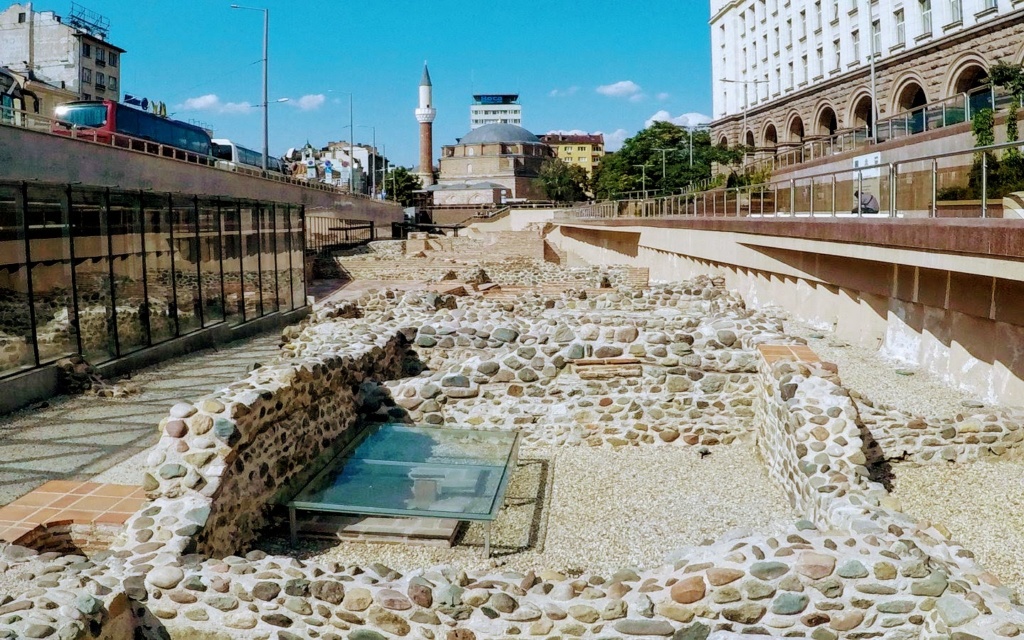
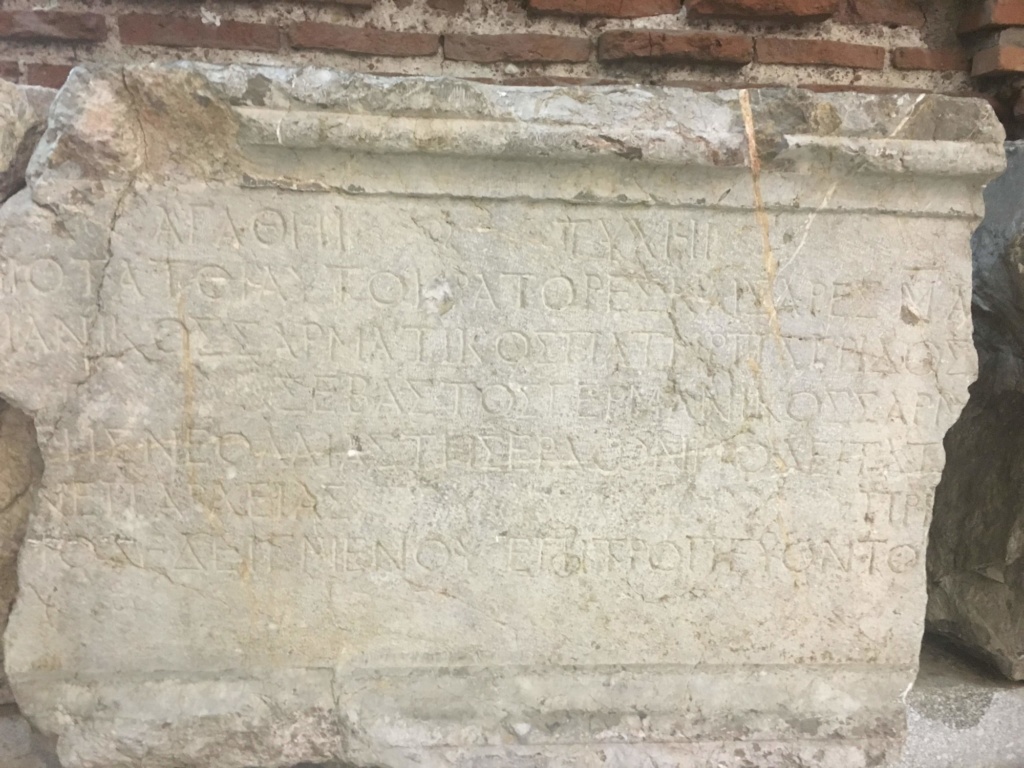
St Alexander Nevsky Cathedral
St. Alexander Nevsky Cathedral is one of Sofia, Bulgaria’s most iconic landmarks and a must-see for any visitor to the city. This magnificent cathedral, located in the heart of Sofia, is a symbol of the city’s spiritual and cultural heritage.
Built between 1882 and 1912, the St. Alexander Nevsky Cathedral was constructed to honor the Russian soldiers who died in the Russo-Turkish War of 1877-1878, which led to Bulgaria’s liberation from Ottoman rule. The cathedral is named after St. Alexander Nevsky, a revered Russian prince and military leader.
The cathedral’s stunning neo-Byzantine architecture is characterized by its massive gold-plated central dome, which rises to a height of 45 meters, making it one of the largest Eastern Orthodox cathedrals in the world. The interior is equally impressive, with intricate mosaics, frescoes, and marble detailing. The cathedral can accommodate up to 10,000 worshippers, and its vast, ornate interior is a testament to the grandeur of Eastern Orthodox Christian art and architecture.
Visiting St. Alexander Nevsky Cathedral is an essential part of experiencing Sofia’s rich religious and cultural history. Whether you’re drawn by its architectural beauty or its historical significance, this cathedral is a highlight of any trip to Sofia and a key attraction in the city’s diverse array of things to see and do.
Sofia Opera House
The Sofia Opera House is a cultural gem in the heart of Sofia, Bulgaria, and a must-visit for lovers of music, dance, and architecture. Established in 1908, it is one of the oldest and most prestigious cultural institutions in Bulgaria. The Opera House is renowned for its stunning performances of opera, ballet, and symphony concerts, attracting both local and international talent.
The building itself is an architectural marvel, featuring a neoclassical design with grand columns and ornate detailing. Inside, the auditorium is elegantly decorated, offering excellent acoustics and a visually impressive setting that enhances every performance. The rich velvet seats, crystal chandeliers, and intricate woodwork create an atmosphere of timeless elegance.
The Sofia Opera House has a diverse repertoire, ranging from classic operas like “La Traviata” and “Carmen” to modern performances and traditional Bulgarian works. Its ballet performances are equally acclaimed, with productions that showcase both classic and contemporary choreography.
Attending a performance at the Sofia Opera House is not just about the show; it’s an immersive experience in Bulgaria’s cultural heritage. Whether you’re an opera aficionado or a first-time visitor, the Opera House is one of Sofia’s top attractions, offering a captivating blend of art, history, and culture.
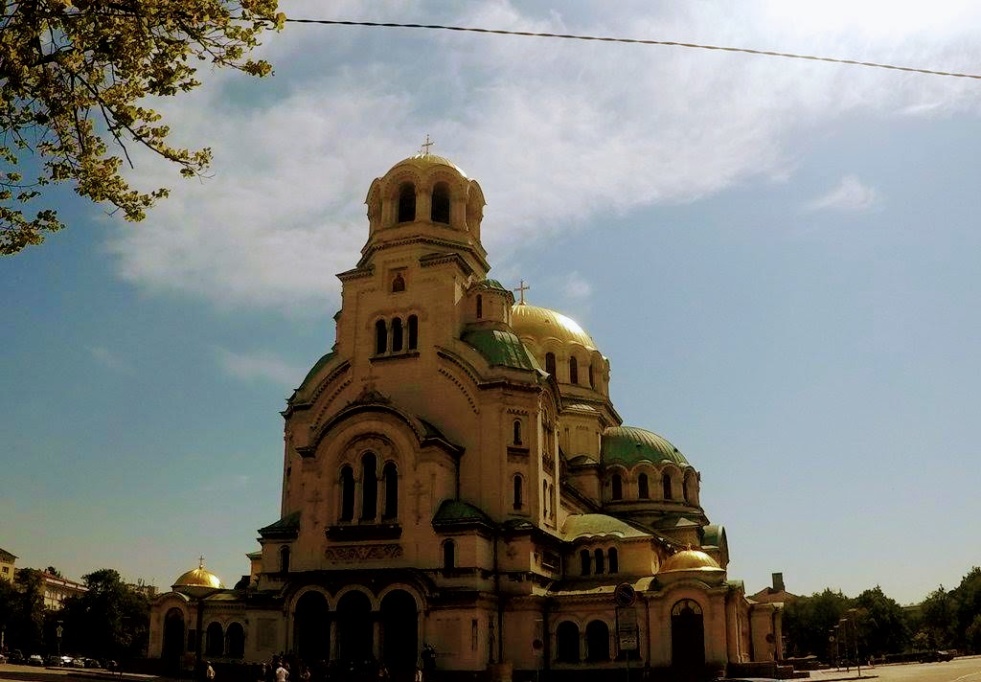
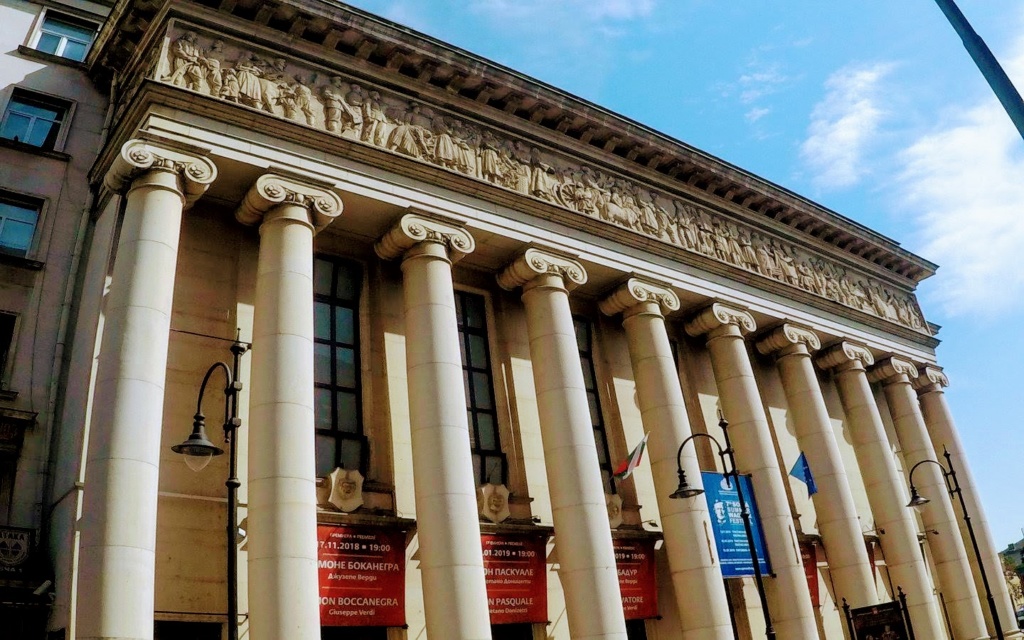
Government Buildings Sofia
Sofia, the capital of Bulgaria, is home to several massive government buildings that reflect the city’s rich history and diverse architectural styles. These buildings not only serve as functional spaces for the country’s administration but also stand as significant landmarks that offer insight into Bulgaria’s past, especially during the communist era. Here’s a closer look at some of Sofia’s most impressive government buildings:
The Council of Ministers
The Council of Ministers is one of Sofia’s most prominent government buildings. This massive structure is where the Bulgarian government convenes weekly, and it also houses the offices of the Bulgarian Prime Minister. The building’s architecture is a testament to the neoclassical style that dominated Sofia’s public architecture in the mid-20th century. Its imposing façade, characterized by symmetrical lines and grand columns, reflects the authority and significance of the government institutions it houses.
The Former Communist Party House
Another significant government building in Sofia is the former Communist Party House. This iconic building was once the headquarters of the Bulgarian Communist Party and is a prime example of socialist classicism in architecture. The structure’s massive scale and austere design are typical of the buildings constructed during the communist era, aimed at showcasing the power and permanence of the regime. Today, the building is used by the National Assembly of Bulgaria and occasionally hosts charity concerts, symbolizing its transformation from a symbol of communist power to a space for public service and community events.
The Palace of Justice
The Palace of Justice is perhaps the most remarkable building in Sofia, known for its grandiose design and significant role in Bulgaria’s judicial system. Built in the 1930s, the Palace of Justice features an imposing neoclassical façade with towering columns, expansive staircases, and intricate stone carvings. The building is not only an architectural marvel but also a symbol of justice and the rule of law in Bulgaria.
These government buildings are essential stops for anyone interested in the political and architectural history of Sofia, offering a glimpse into the city’s evolution through different historical periods.
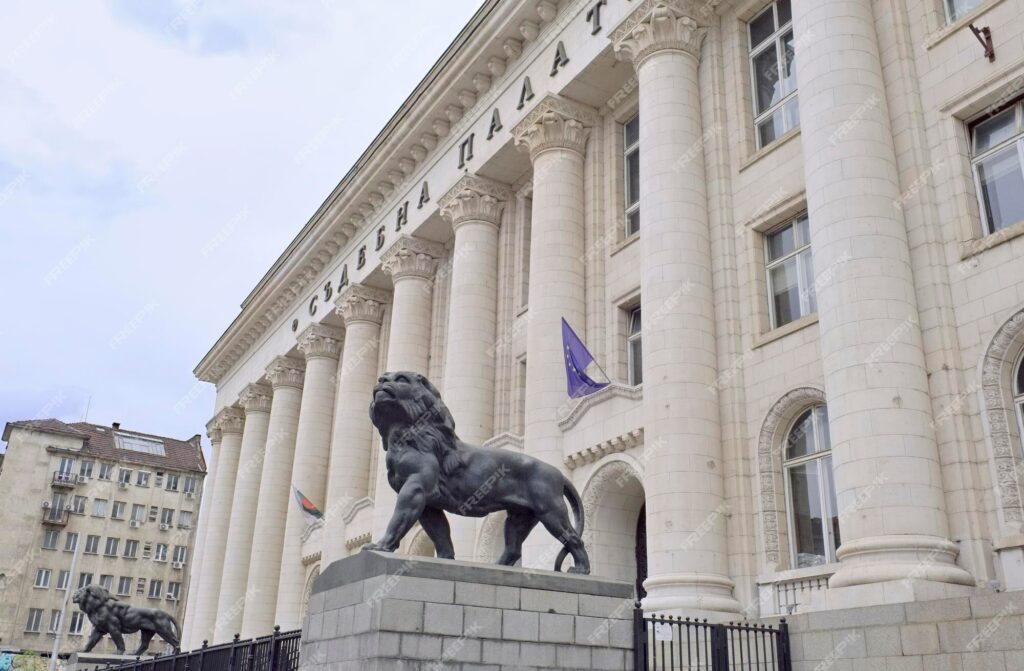
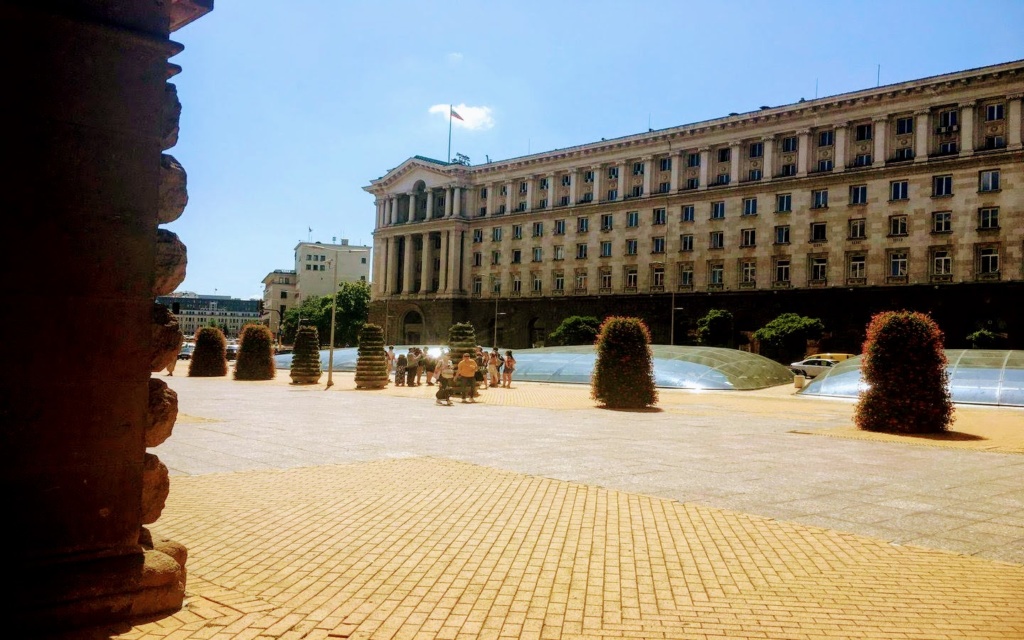
Parks of Sofia
Sofia, Bulgaria, is a city where green spaces flourish, offering locals and visitors a respite from the urban environment. The city’s parks are more than just places to relax; they are cultural hubs, rich in history and brimming with life. From peaceful lakes to bustling markets, Sofia’s parks cater to a variety of interests, making them a must-see for anyone visiting the Bulgarian capital.
Borisova Gradina
Borisova Gradina is the oldest and most renowned park in Sofia. Established in 1884, it has become an integral part of the city’s landscape and a favorite spot for relaxation and recreation. The park’s lush greenery is dotted with intriguing sculptures and fountains, adding to its charm. One of the highlights is Ariana Lake, where you can rent a rowboat during the summer months or go ice skating in the winter. The park also features an open-air bar that frequently hosts live music, making it a lively spot for both day and night-time visits. Borisova Gradina is not just a park; it’s a cultural landmark, reflecting the city’s history and offering a serene escape from the bustling city life.
Yuzhen Park
Located in the southeastern part of Sofia, Yuzhen Park is a vibrant green space that draws a lively crowd. The park is known for its open-air cafés, where you can enjoy a coffee or a meal while soaking in the atmosphere. Entertainment is a constant feature here, with musicians, performers, and various events taking place regularly. The park’s ponds, complete with ducks, add a tranquil element, creating a perfect balance between activity and relaxation. Yuzhen Park is a favorite among families and young people, offering something for everyone, whether you’re looking for a quiet walk or a place to socialize.
City Garden
The City Garden, dating back to 1872, is Sofia’s oldest and most centrally located public garden. Nestled in the heart of the city, it serves as a green oasis amidst the urban landscape. The garden is beautifully maintained, with manicured lawns, colorful flower beds, and an array of statues and fountains that give it a classic, elegant feel. The City Garden is a popular gathering spot for both locals and tourists, offering a peaceful environment to sit and watch the world go by. Its central location also makes it a perfect starting or ending point for a day of sightseeing in Sofia.
These parks are not just green spaces; they are integral to the social and cultural fabric of Sofia. Whether you’re looking to unwind, enjoy some live music, or immerse yourself in the city’s history, the parks of Sofia offer something for everyone.
Vitosha Street
The central shopping mall is a lively street full of restaurants and bars where locals and visitors alike gather in the evening for drinks and meals. Vitosha offers a diverse range of food and is a great place to stop for a casual meal or drink after a busy day.
